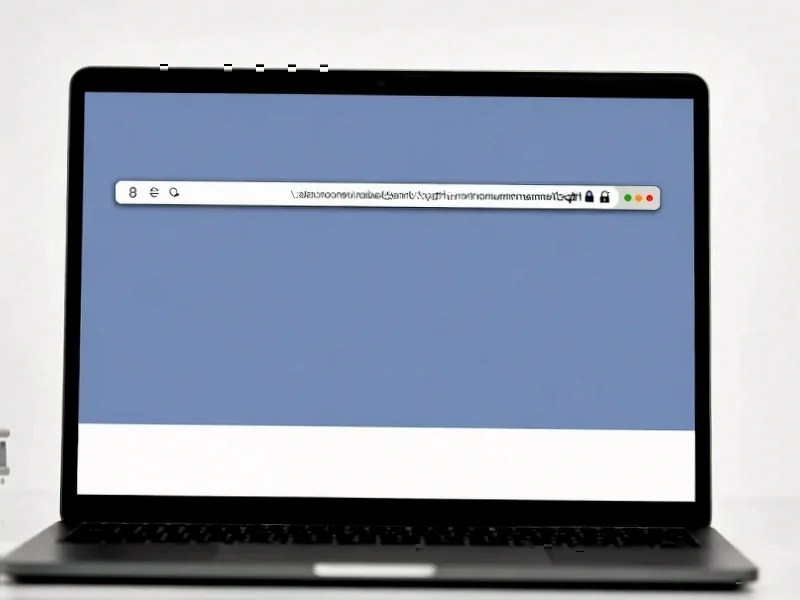According to MacRumors, Apple will disable automatic Wi-Fi network syncing between iPhone and Apple Watch in the European Union starting with iOS 26.2 next month. The feature normally allows iPhones to automatically share Wi-Fi credentials with paired Apple Watches, enabling the watches to connect independently when the phone isn’t nearby. This removal appears to be Apple’s direct response to the European Commission’s Digital Markets Act interoperability requirements, which Apple has publicly criticized multiple times. Apple reportedly confirmed the decision to French publication Numerama, choosing to disable the feature entirely rather than comply with regulations requiring iPhone Wi-Fi hardware access for third-party accessories by the end of 2025. The company filed an appeal against these interoperability rules at the EU’s General Court in Luxembourg on May 30, targeting the Commission’s March decision.
Apple’s DMA Battle Escalates
Here’s the thing – this isn’t just about Wi-Fi passwords. It’s the latest move in Apple’s ongoing chess match with EU regulators. The Digital Markets Act basically forces Apple to play nice with competitors, and Apple is pushing back hard. They’re arguing that opening up iOS to third-party accessories could compromise user security and privacy. Apple has specifically called out Meta for making what they consider “unreasonable interoperability requests” that could expose sensitive data.
But let’s be real – this is also about control. Apple’s ecosystem works so seamlessly because everything talks to everything else without friction. Once you start letting third parties into that closed garden, the magic starts to fade. And Apple knows it.
What This Actually Means for Users
So how much will this actually bother people? Probably not that much, honestly. Your Apple Watch will still connect to Wi-Fi when your iPhone is nearby. The main difference is that if you want your watch to work on Wi-Fi when your phone isn’t around, you’ll need to manually enter the password on the watch itself. After you do that once, it should remember the network.
It’s inconvenient, sure. But it’s not exactly the end of the world. Most people probably don’t even realize this automatic syncing happens in the background. The bigger question is whether this is just the beginning of more feature removals in the EU.
The Bigger Picture
This feels like Apple testing the waters. They’re showing regulators exactly what happens when you force them to open up systems they’d rather keep closed. Instead of building the complex interoperability frameworks the DMA demands, they’re just removing features entirely. It’s a classic “be careful what you wish for” scenario.
And honestly, it’s working. Look at what happened with web apps in the EU earlier this year – Apple threatened to remove them entirely, then walked it back after public pressure. Now they’re taking a slightly less aggressive approach with this Wi-Fi sync removal. It’s still disruptive enough to make a point but not so disruptive that it creates massive user backlash.
The timing is interesting too. With the compliance deadline hitting at the end of 2025 and iOS 26.2 coming next month, Apple is getting ahead of the requirements. They’re basically saying “fine, we’ll remove this now rather than build something we don’t want to build.” It’s a strategic move that keeps them technically compliant while maintaining their security arguments.
Where does this leave users? Caught in the middle, as usual. When tech giants and regulators clash, it’s often everyday features that become casualties. And this probably won’t be the last one.




